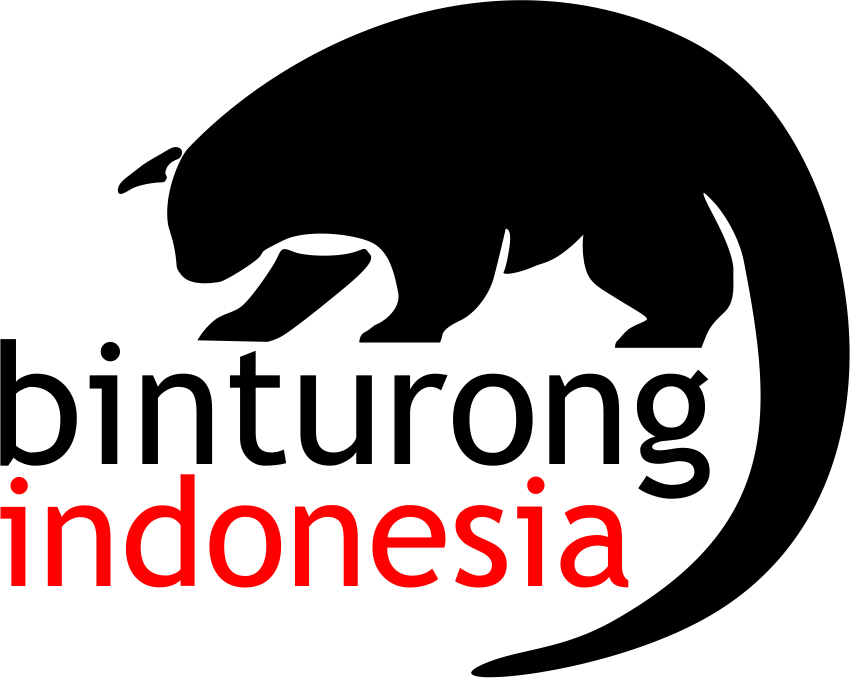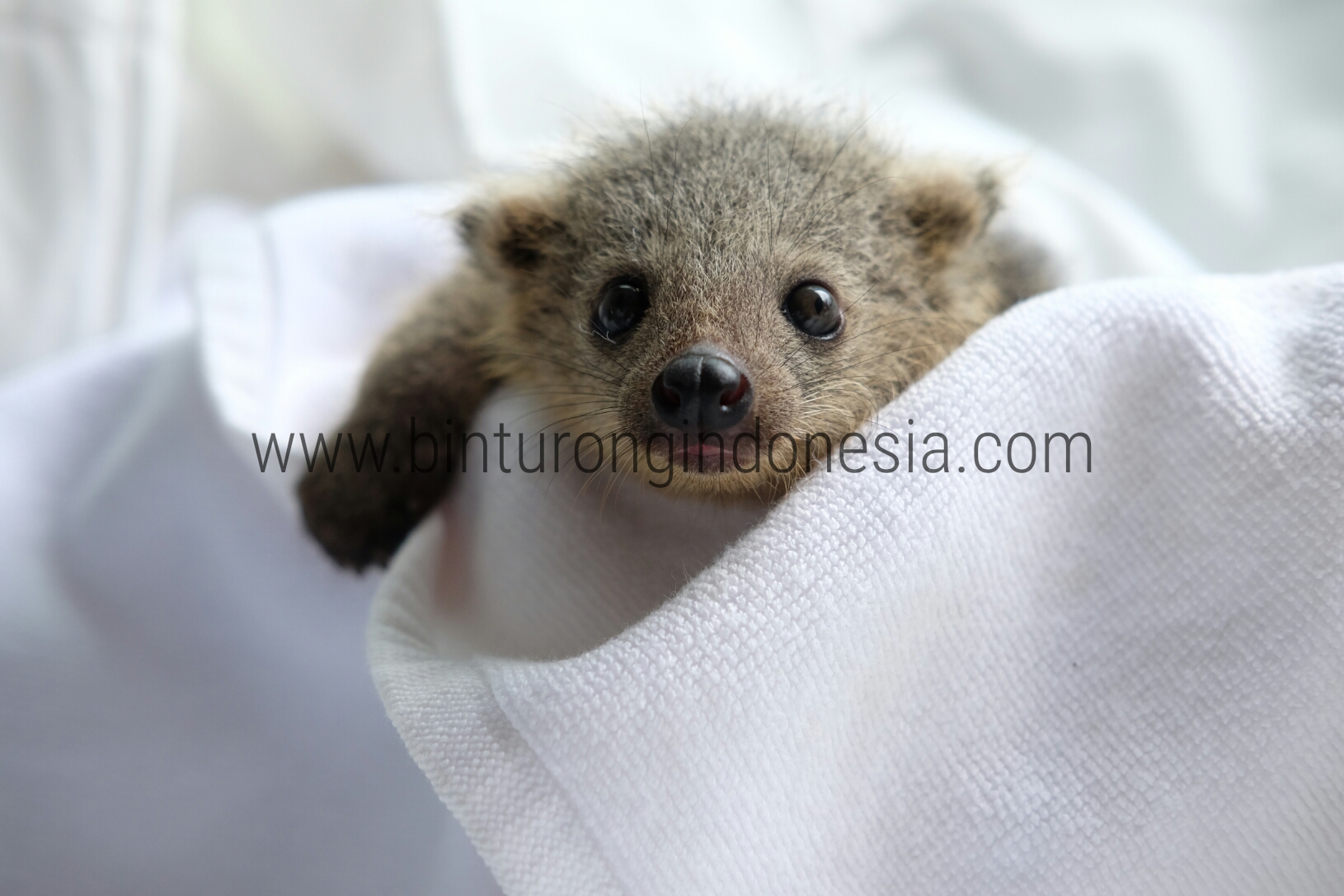The binturong
Binturong or bearcat is the largest civet in the world that lives in South Asia, East Asia and especially in Southeast Asia.
BInturong has the binomial name Arctictis binturong. Included in the VIverridae family, there are 9 Binturong Sub species in the world, namely:
A. b. binturong (Raffles, 1821) – ranges from Malacca to southwestern Thailand and Tenasserim
A. b. albifrons (Cuvier, 1822) – is distributed in the Eastern Himalayas to Bhutan, northern Myanmar and Indochina
A. b. penicillatus (Temminck, 1835) – lives in Java
A. b. whitei (Allen, 1910) – lives in Palawan, Philippines
A. b. pageli (Schwarz, 1911) – lives in Borneo
A. b. gairdneri (Thomas, 1916) – lives in northern Thailand
A. b. niasensis (Lyon, 1916) – lives in Sumatra
A. b. kerkhoveni (Sody, 1936) – lives in Bangka Island
A. b. memglaensis (Wang and Li, 1987) – is distributed in Yunnan province
(Wikipedia source)
Although included in the order of carnivores, binturong eats not only small mammals such as mice but also various kinds of fruits, especially bananas and papaya. Has a weight that can reach 20 kg and the body length is around 80 cm and the tail is around 90 cm, binturong can be up to 25 years old. At the age of 2.5 years for females and 2 years for males, in the wild binturong began to mate for breeding. In the case of captive breeding, the male and female are 1.5 years old start mating. In captivity we have several female binturong who gave birth to children when they were 1.5 years old.
Means its were mating at the age of 1 year and 3 months. Binturong is an animal that is not easy to breed in captivity, because they have Embryonic diapause. There are around 100 species of mammals in the world that have Embryonic diapause, one of which is binturong. Embryonic diapause is holding the embryo that has already occurred in the mother uterus not to be developed further or at least temporarily detained. The aim of the female parent to restrain the development of the embryo, one of them because they feel uncomfortable with the environment in which they live.
Binturong has gestation period of 90 days and can produce 2 to 3 babies per birth. With characteristic easily to be tame, many binturongs hunted to be used as pets. This resulted in the decline of binturong population in the wild. For this reason, there is a need for conservation efforts by carrying out official breeding to meet the needs and desires of the community to keeping binturong as a pet.


